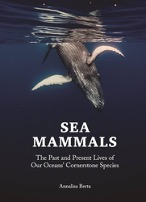New Science Books
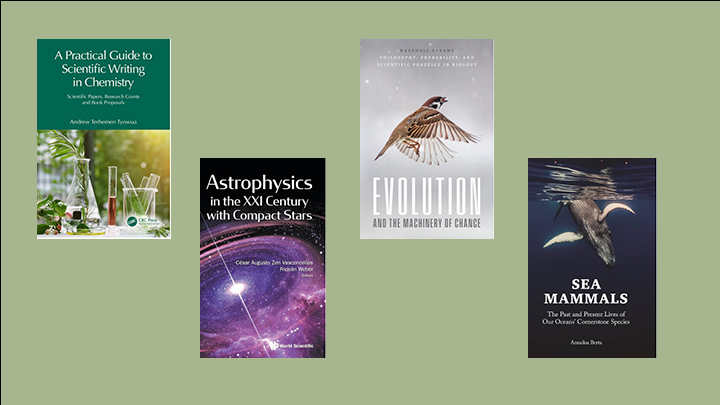
Welcome to the world of science!
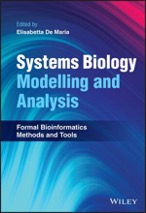
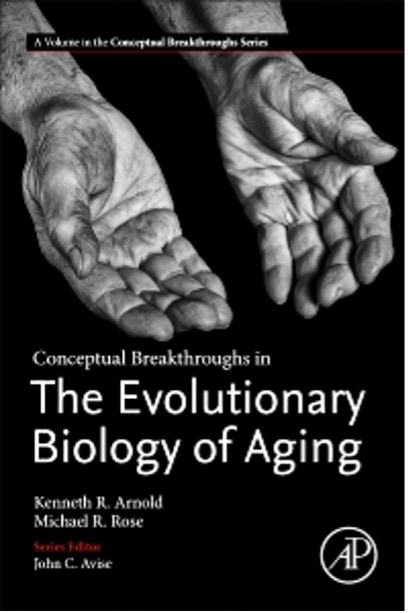
Provides a comprehensive outline of the major breakthroughs that built the evolutionary biology of aging as a leading scientific field. Following the evolutionary study of aging from its humble origins to the present, the book's chapters treat the field’s breakthroughs one at a time. Users will find a concise and accessible analysis of the science of aging viewed through an evolutionary lens. The book highlights key publications for those who are not experts in the field.
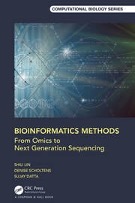
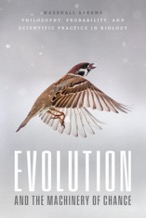
Natural selection is responsible for some (but not all) changes in biological populations. Some traits or organisms are fitter than others, and natural selection occurs when there are changes in the distribution of traits in populations because of fitness differences. Many philosophers of biology insist that a trait's fitnesses should be defined as an average of the fitnesses of individual members of the population that have the trait.
Marshall Abrams argues convincingly against this wide-spread approach. As he shows, it conflicts with the roles that fitness is supposed to play in evolutionary theory, and with the ways that evolutionary biologists use fitness concepts in empirical research. Abrams's insight has broad significance, for it provides a general framework for thinking about the metaphysics of biological evolution and its relations to empirical research. As such, it is a game-changing book for philosophers of biology and applied philosophy of probability.
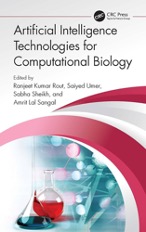
This text emphasizes the importance of artificial intelligence techniques in the field of biological computation. It also discusses fundamental principles that can be applied beyond bio-inspired computing. It comprehensively covers important topics including data integration, data mining, machine learning, genetic algorithms, evolutionary computation, evolved neural networks, nature-inspired algorithms, and protein structure alignment. The text is primarily written for graduate students and academic researchers in areas of electrical engineering, electronics engineering, computer engineering, and computational biology.
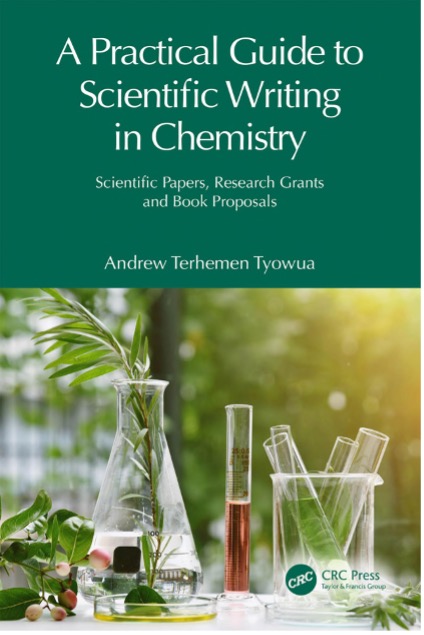
Successful completion of postgraduate studies, especially PhD, and career advancement in academia strongly depends on the ability to publish scientific papers or books and research grant proposals. However, many chemical scientists find preparing scientific papers, research grant and book proposals difficult; partly because of insufficient training in writing and partly because there are few practical books to enable them to learn the art. This step-by-step practical guide is intended mainly for postgraduate students and early career researchers in chemical science and the libraries that serve them but will also be useful to other scientists.
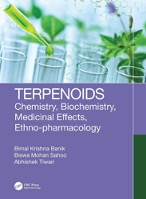
This unique volume covers specific aspects of the biological chemistry of terpenoids. It provides extensive information related to classification, general methods of extraction and isolation of terpenoids, synthesis and pharmacological activities of monoterpenoids, synthesis and medicinal uses of diterpenoids, biogenesis of terpenoids, synthesis and medicinal uses of sesquiterpenoids and sesterpenoids. Some terpenes are also classified as diterpene alkaloids. Most of the terpenoids with diverse molecular structures are biologically active and are used for the treatment of various diseases such as cancer, malaria, inflammation, tuberculosis and infection, and this is discussed.
This book discusses the different treatment technologies with a special focus on the green adsorption approach, using biological and hybrid biochemical treatment technologies to prevent water contamination and maintain the ecosystem. It discusses the analysis of organic and inorganic pollutants from industrial wastewater. It also focuses on the removal and recovery of organic and inorganic contaminants from the environment and several case studies describing the removal and recovery of environmental pollutants using green technology are given. The recycling of low-cost along with green adsorbent technology is explained in detail. Finally, the book highlights treatment technologies with effective pollutant removal capacities that are used in modern water treatment units.
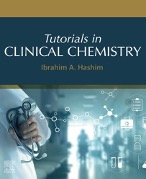
Designed for trainee pathology residents, clinical chemists, medical students, and clinical laboratory scientists, in addition to those preparing for board and postgraduate examination. It is helpful to those in training as well as a teaching aid for mentors, faculty, and directors. The book is organized into 17 system-based chapters covering essential pathophysiology, biochemical investigation, and technical aspects of relevance to results interpretation.
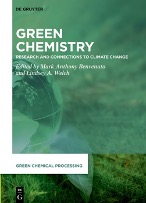
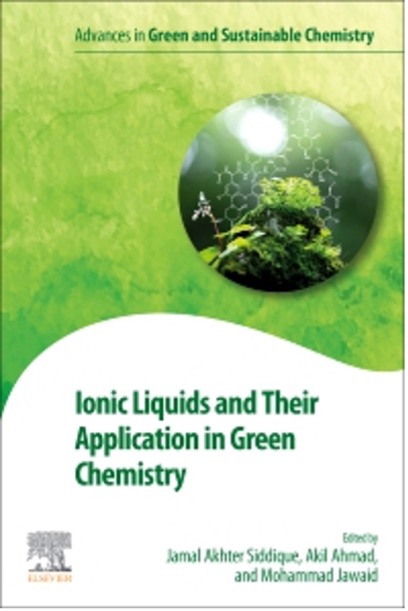
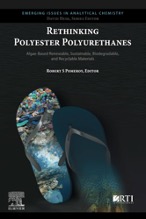
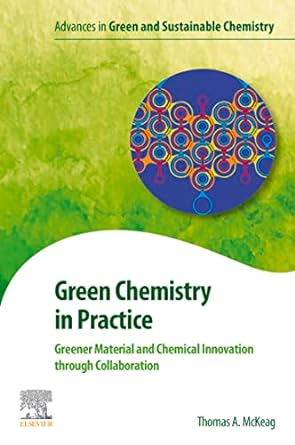
Beginning with an introduction to green chemistry, the book goes on to provide an overview of the interdisciplinary approach taken by the Center, which aims to bring about a generational transformation toward the design and use of inherently safer chemicals and materials through research, teaching and outreach. This is followed by four detailed case studies revealing each step of the process involved in assessing and designing greener solutions to real-world problems in the fields of preservatives, textiles, additive manufacturing, and green energy.
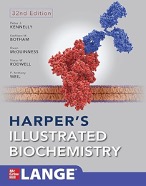
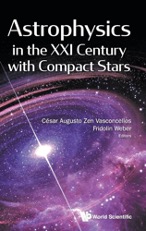
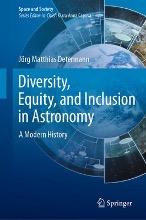
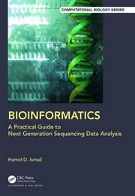
Contains the latest material in the subject, covering NGS applications and meeting the requirements of a complete semester course. This book digs deep into analysis, providing both concept and practice to satisfy the exact need of researchers seeking to understand and use NGS data reprocessing, genome assembly, variant discovery, gene profiling, epigenetics, and metagenomics. The book does not introduce the analysis pipelines in a black box, but with detailed analysis steps to provide readers with the scientific and technical backgrounds required to enable them to conduct analysis with confidence and understanding. The book is primarily designed as a companion for researchers and graduate students using sequencing data analysis, but will also serve as a textbook for teachers and students in biology and bioscience.
